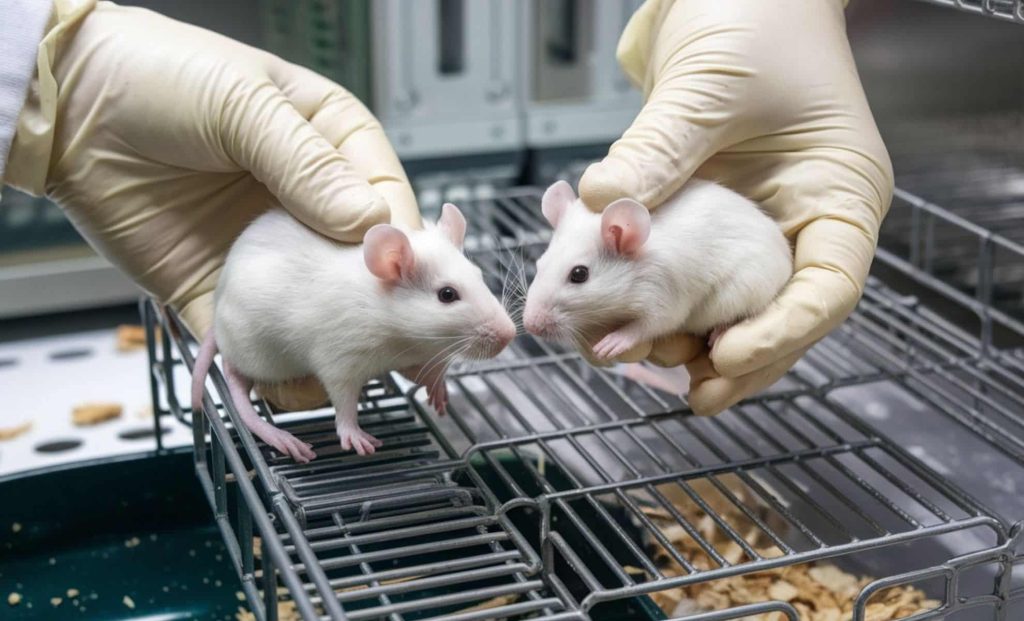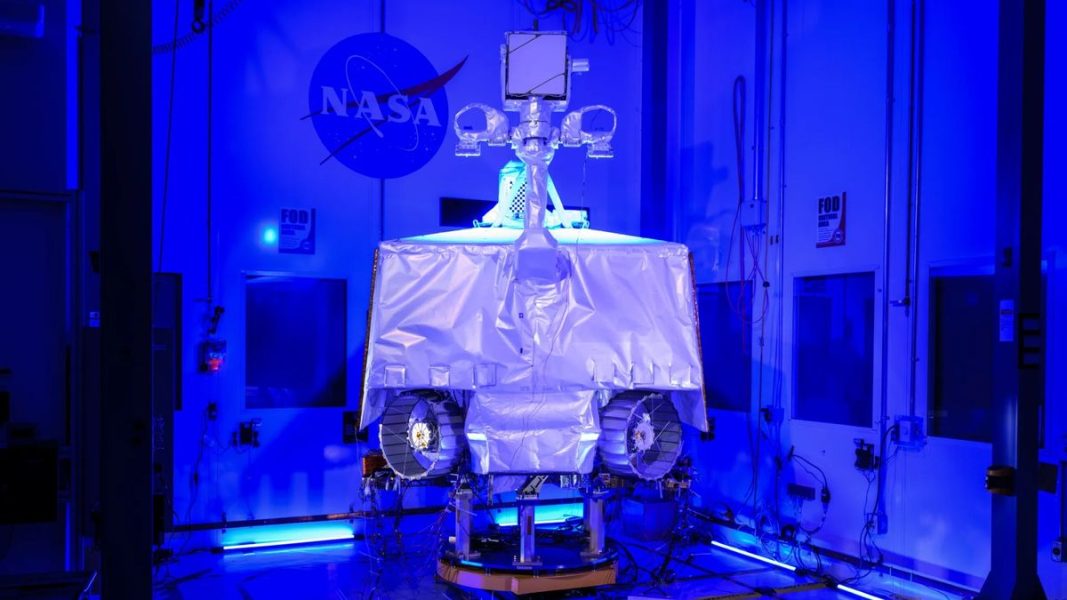Chinese Scientists Create Mice With Two Fathers—A Groundbreaking Leap in Genetic Research – Indian Defence Review

Scientists have achieved what was once thought impossible—creating mice with two fathers that survived to adulthood. By modifying 20 key genes, researchers in China successfully overcame natural reproductive barriers, proving that male-only reproduction is scientifically possible. Could this discovery redefine the future of genetics and fertility science? Or does it raise new ethical dilemmas about where reproductive technology is headed?In a scientific breakthrough that challenges the very foundations of reproductive biology, Chinese researchers have successfully bred mice using genetic material from two male parents—and the offspring survived to adulthood. This pioneering experiment marks a major step in genetic engineering, with potential implications for fertility science, gene therapy, and even future reproductive possibilities in humans.The study, published in the journal Cell Stem Cell, showcases an innovative method that manipulates imprinting genes, a crucial factor in reproduction that normally prevents mammals from developing without both maternal and paternal genetic input. By making 20 precise genetic modifications, researchers were able to overcome these barriers and create healthy, bipaternal mice. While the technique is still far from being applicable in humans, it raises profound scientific and ethical questions about the future of reproduction.Mammalian reproduction typically requires genetic contributions from both a mother and a father due to genomic imprinting, a biological process that ensures the correct activation of certain genes. Without it, embryos with two male or two female parents struggle to develop normally, often failing to survive.In this study, scientists identified 20 crucial imprinting genes that needed to be modified in order for bi-paternal embryos to develop successfully. These genes regulate which genetic instructions are turned on or off during development, and their improper activation had previously made bipaternal reproduction impossible in mammals.According to study co-lead author Zhi-kun Li, an associate professor at the Chinese Academy of Sciences in Beijing:“Our approach directly targets imprinted genes, which have long been suspected to play a central role in bi-paternal reproductive barriers,” complicating the challenge of generating offspring with two male parents.By precisely tweaking these imprinting genes, the researchers were able to bypass the natural reproductive barriers, allowing them to create genetically healthy bipaternal mice for the first time.The team’s approach differed from previous attempts to create bipaternal mice. Instead of directly modifying sperm cells, researchers removed the genetic material from an immature egg and replaced it with modified embryonic stem cells derived from a male mouse. This was then fertilized using sperm from a second male, bypassing the need for maternal DNA entirely.The experiment was not without challenges. In earlier trials, the bipaternal embryos either failed to survive past birth or exhibited severe developmental defects, such as enlarged organs, umbilical hernias, and growth abnormalities. However, by methodically testing and refining their approach, the team made key adjustments that allowed the mice to develop normally and reach adulthood.“Our next steps include refining the gene-editing approach to produce healthier bi-paternal animals,” Li said.While the bipaternal mice did exhibit some health issues, including shorter lifespans and infertility, their survival into adulthood represents a major step forward in reproductive genetics. Future refinements could correct these remaining challenges, potentially leading to healthier offspring.Although this research is a landmark achievement, it remains far from being applicable to humans. The genetic and ethical challenges surrounding human reproduction make direct application unlikely in the near future.The imprinting process in humans is even more complex than in mice, meaning that significant additional research would be needed before this technique could be considered for use in human fertility treatments. Additionally, the ethical considerations of gene-editing in human reproduction would need to be carefully examined before such experiments could even be considered.That said, this research could have far-reaching implications beyond bipaternal reproduction. Understanding and modifying imprinting genes could lead to breakthroughs in fertility treatments, genetic disease prevention, and even regenerative medicine.As scientists continue to explore the possibilities of gene-editing technology, the ability to overcome reproductive barriers may become a key frontier in medical science. While the idea of bipaternal human reproduction remains speculative, the findings from this experiment are a testament to the power of genetic engineering—and a glimpse into the future of biology.Got a reaction? Share your thoughts in the commentsEnjoyed this article? Subscribe to our free Newsletter for engaging stories, exclusive content, and the latest newsBasically its a lab production. Not a physical reproduction. Scientists are playing god. What is the purpose? Many of the modern inventions like AK47 are produced first and the purpose is discovered later.Comment Save my name, email, and website in this browser for the next time I comment.
© 2024 | Indian Defence Review | All rights reserved
Source: https://indiandefencereview.com/chinese-scientists-create-mice-two-fathers/






